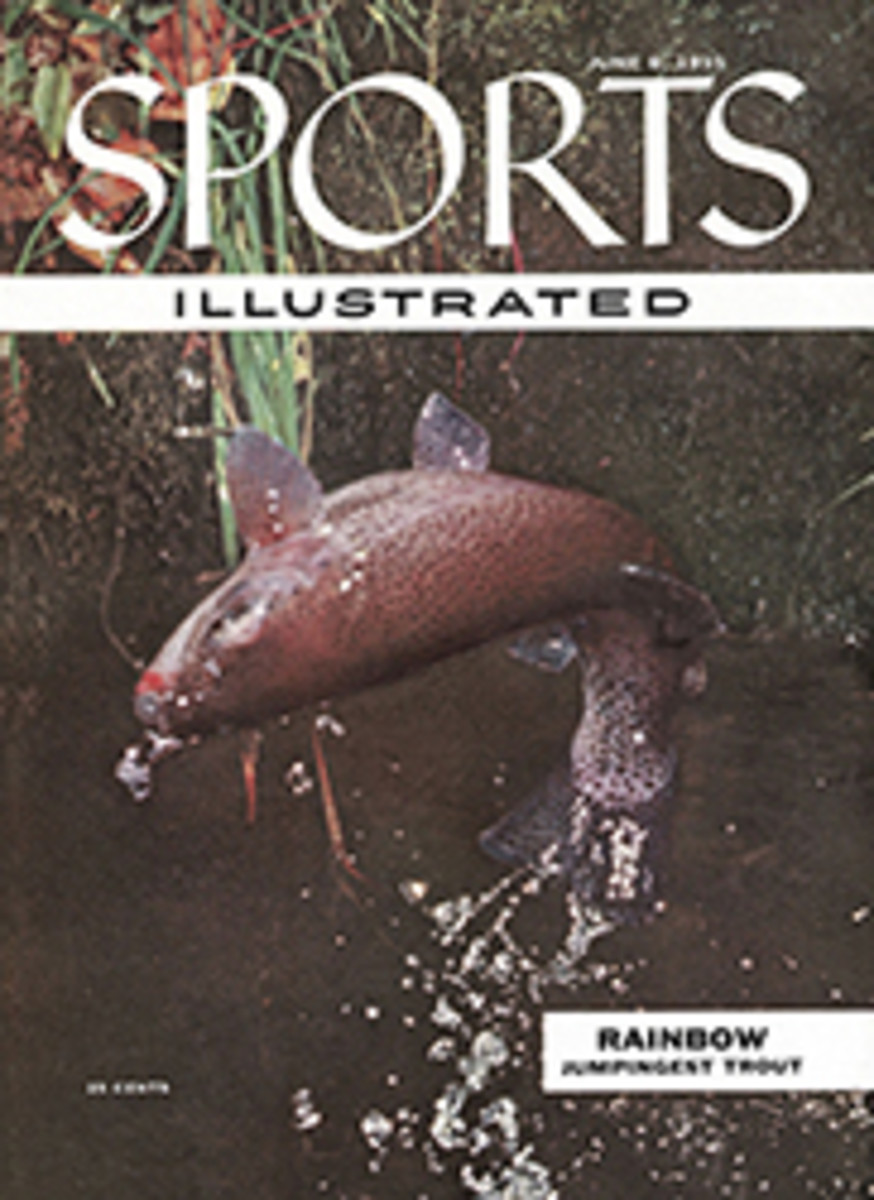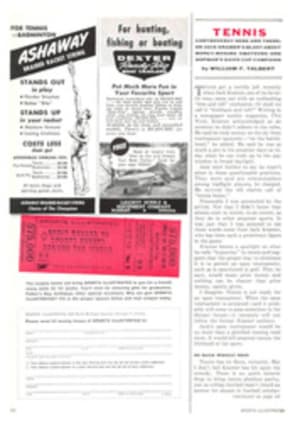
OPERATION BIG BREAKFAST
The country's biggest bird-feeding operation is now moving into high gear, and in this case the birds are doing the job themselves. Bringing up America's fledglings is a mighty task with an estimated population of some 5,750,000,000 birds involved. The number of bugs, grubs and worms carried to fill the gaping mouths of nestlings would befuddle an electronic brain.
The gathering of this bug harvest helps man in his eternal war with the insects and provides bird-family scenes to be enjoyed by everyone. Songbirds are now more numerous than when this country was a wilderness. In clearing his land and creating yards around his homes, man has provided an ideal songbird habitat, complete with nesting sites, worming grounds and protection. Bird families such as the familiar ones on these pages are as much a part of the American yard and meadow as are the trees, daffodils and green grass.
Flashy Flicker collects its food both in trees and on the ground, preferring ants as an entree. Flickers, who are members of the woodpecker family, like to excavate holes in dead trees but will also use nesting boxes and natural cavities in which to build their nests and rear from six to eight offspring. The custom of cutting down dead trees often works a hardship on flickers as it creates a housing shortage.
Watchful Meadowlark stands by its nest of hungry youngsters concealed under a dome of long grass. A colorful songbird, it is a familiar sight over most of the country as it perches on the top of a tree or a fence post and delivers its high-pitched song. Far less familiar to bird watchers is this revealing view of a typical nest which the meadowlark has hidden with its usual skill right in an open field.
Clamoring Barn Swallows are fed with insects caught on the wing by a parent. These birds once nested in natural caves and under cliffs until man came along and began building barns and houses with porches. Swallows immediately began making their homes under rafters and have been paying "rent" ever since by keeping down the bug populations around homesteads.
THREE PHOTOS
DAVID GOODNOW

